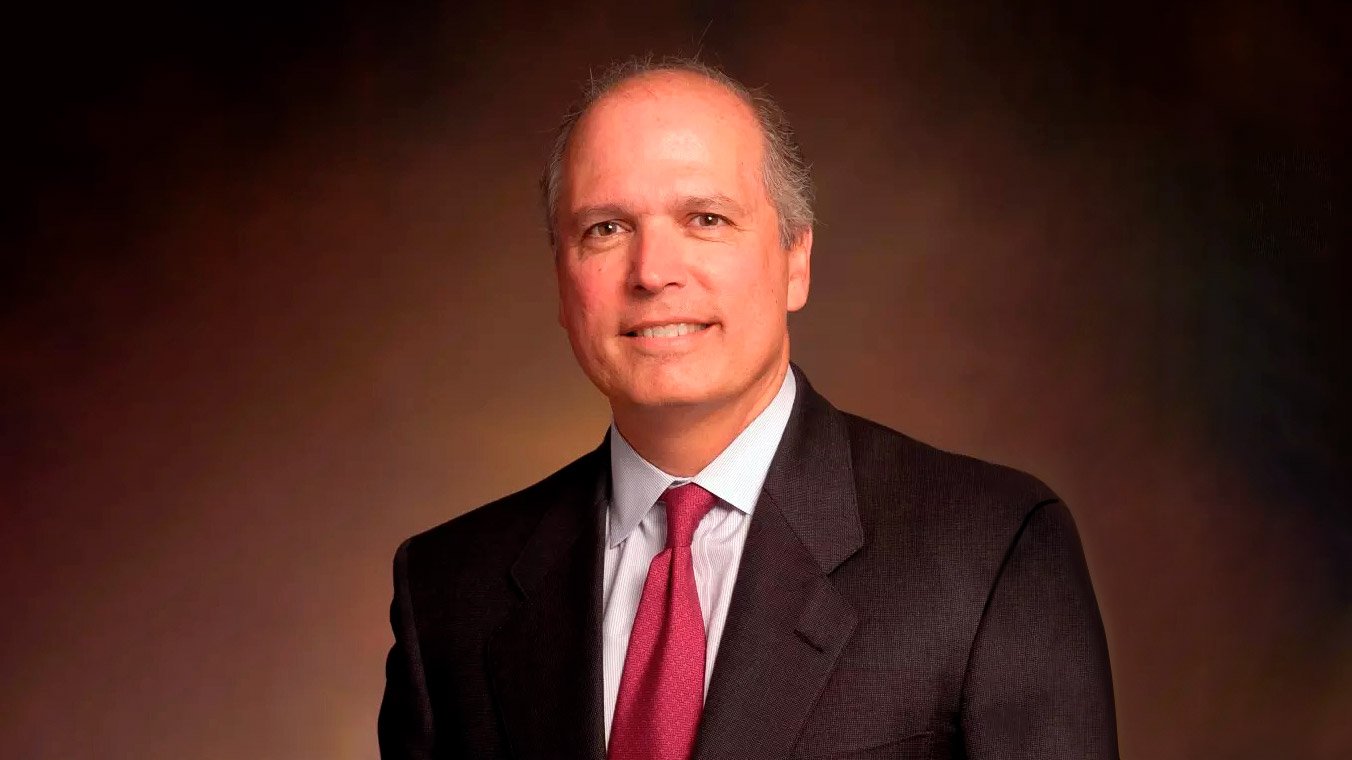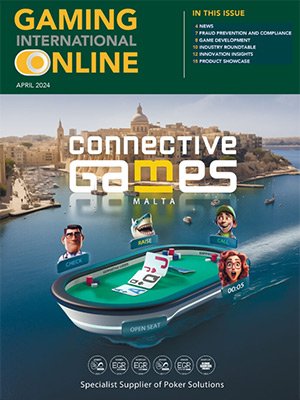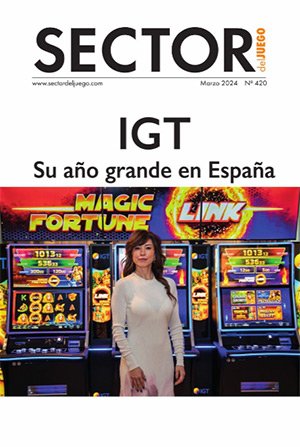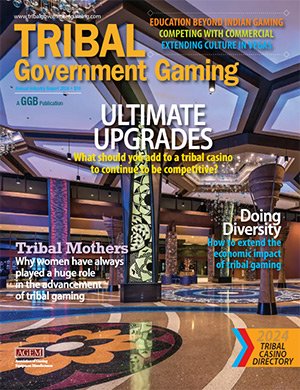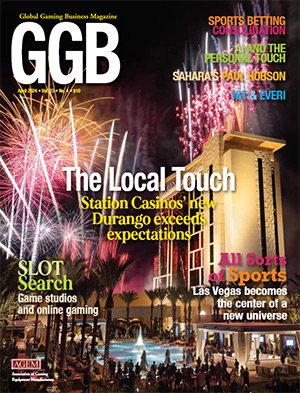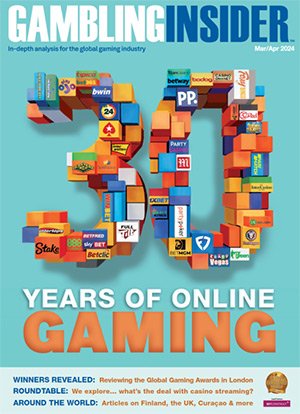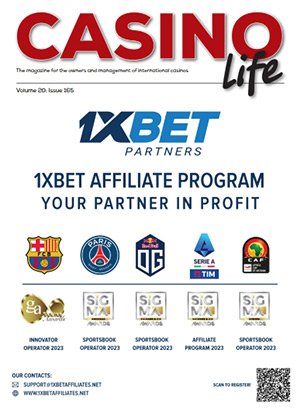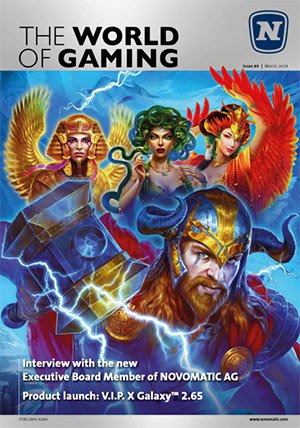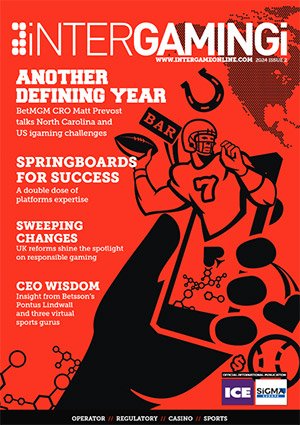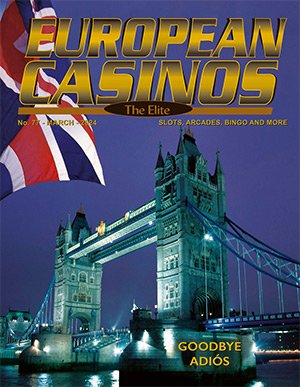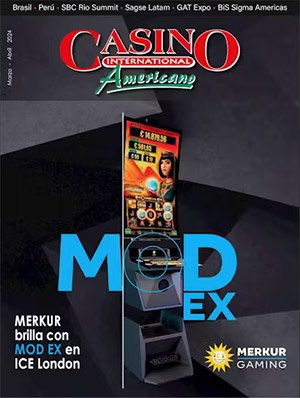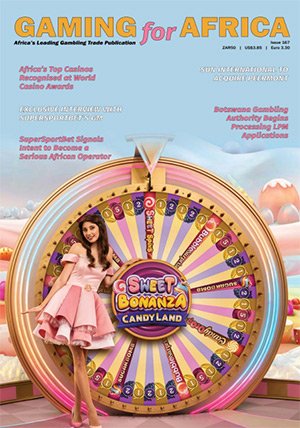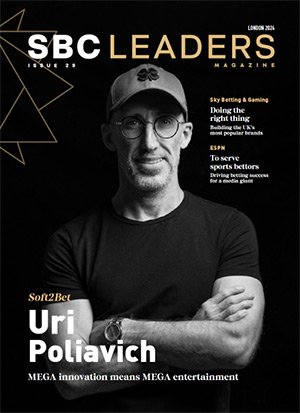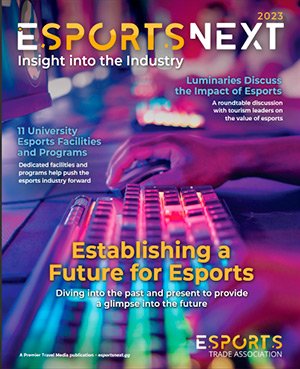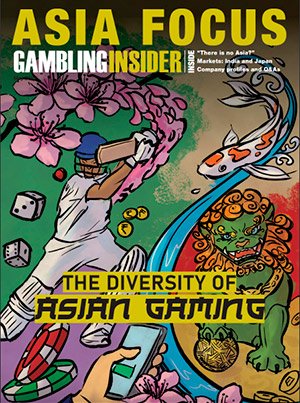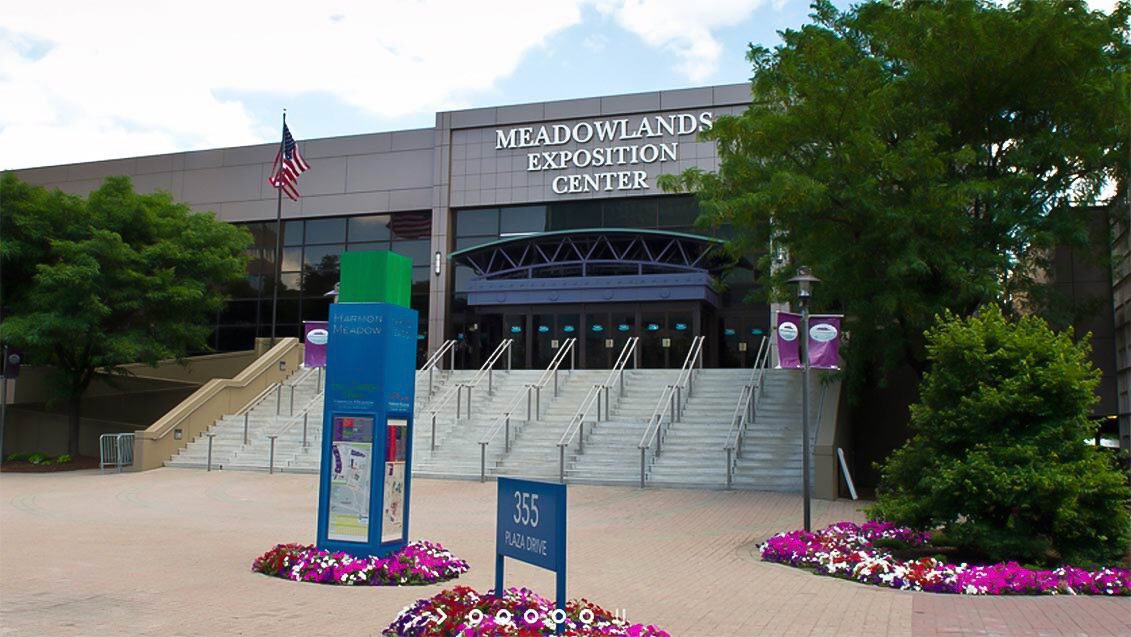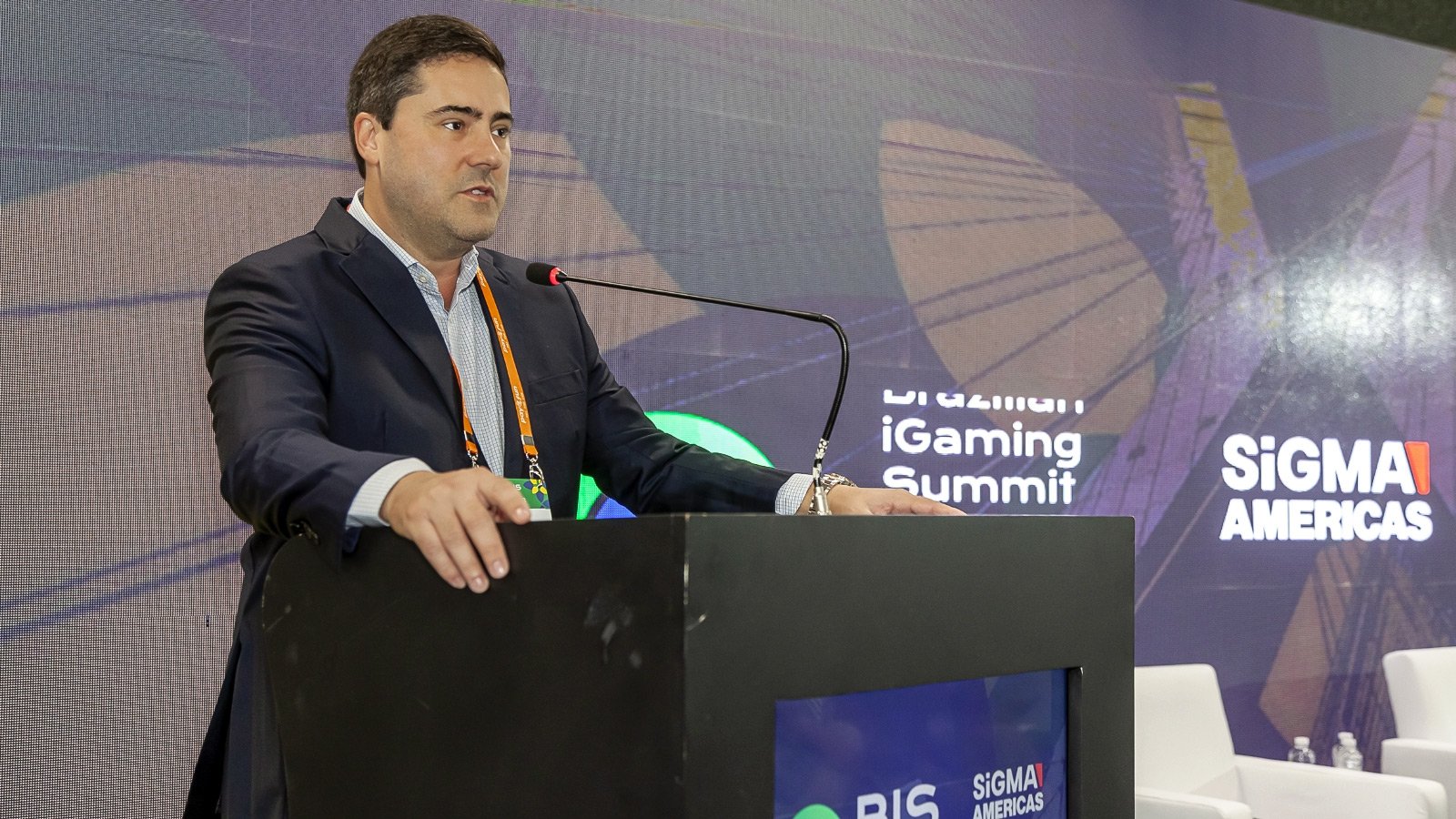Is your casino optimized for millennials?

“Next”–Gen Opportunity: Today’s Reality
Generation Y – also known as Millennials – is broadly defined as the age group born between 1980 and 2000. At 87 million strong in the U.S., they are larger as a group than Baby Boomers (76 million). Millennials will account for one third of all retail spending within the next five years, at a time when they will also represent more than half of the total workforce. This age group already accounts for $1.3 trillion in total consumer spending annually. Millennial spending is huge, today.
Gaming industry executives often use the term “next-gen” when talking about this demographic, perhaps without fully appreciating the magnitude, scope and proximity of the opportunity they truly represent. The median “middle age” of all Americans today is 37.6 (½ are older, ½ are younger). With the oldest millennials turning 35 this year, it is critically important to recognize the immediacy of their influence as disruptors on both the transformation of business as we know it and upon broader consumer behaviors and expectations that span across generations.

Tremendous revenue opportunities exist for the gaming industry, at a most interesting and pivotal time, to modernize offerings in ways that resonate with a very different type of customer. Understanding what makes millennials tick, with the important caveat of realizing the inherent limitations of broad generalizations (particularly when applied to the most diverse generation ever) is the first step in configuring a new gaming experience, designed to appeal to younger consumers without alienating existing casino guests.
At a time when places like the Las Vegas Strip are seeing gambling - as a revenue stream - taking a backseat to non-gaming activities such as dining, entertainment and retail, it is critically important to recognize the influence of millennial “culture” on this behavior shift. It is essential to understand why millennials in particular rebuff traditional casino games and layouts and how the industry can respond in ways that meet their needs and expectations.

Millennials are the “social generation”; they are the early adopters of the social media revolution, which has forever disrupted communication and commerce as we know it. This generation is always connected, especially via their mobile devices, to their social circles. Gen Y values creativity, engagement and genuineness. This is a generation highly skeptical of corporations and traditional marketing tactics. Millennials prefer to do business with companies that, like them, express a societal conscience and support companies they feel are aligned with their desire to make the world a better and more connected place. Whereas previous generations have been more interested in front-of-the-box product details, Millennials want to know its back-of-the-box contents and backstory; they are willing to pay a premium to do business with companies they feel operate transparently and are in line with their values.
It is also important to recognize that Millennials have come of age during the Great Recession, a detail that is essential in understanding them. This generation likely will not be better off financially than their parents, a first in the US since the Great Depression. Instead, this generation will leave its mark in a profoundly different way, by changing how societies fundamentally communicate, view themselves and measure their collective progress along the way.

U.S. Millennials are diverse. Only 56% are white, compared to 72% of Boomers. They also reflect the globalization times of their day, with 20% having at least one foreign-born parent. These facts help explain their comparative political liberalism on a wide range of social issues.
Millennials are (largely) single. Gen Y is much less likely to be married at the same age as older generations were; only 26% of millennial adults are married. When they were the same age as adult millennials are now: 36% of Gen Xers, 48% of Boomers and 65% of Silent Generation members were married.
When asked what they perceive as an ideal entertainment environment, millennials prioritize: “free Wi-Fi” (71%), “access to a charging port for my phone” (68%), “allow me to influence/co-create the experience” (40%), “provide a way for me to ask and answer questions” (34%), “demonstrate something good my money is going toward” (33%), “incorporate compelling/interactive online content” (28%), and “connect me to other consumers of this experience” (24%) ranked highest. Millennials are social.
Millennials want to be part of defining the experiences they consume. They are not passive consumers, they are explicitly active participants. This desire to influence an outcome within a highly social and interactive environment is in direct conflict with the traditional layout of casinos, designed around gaming’s most significant historical money-maker: slot machines.

Millennials are not ethically opposed to the concept of gambling, but they also are not enthusiastic about most current casino games and are turned off by the layout of the traditional gaming floor. Gen Y is not looking to “get lost” within a gaming environment, their objective is to seek out a specific type of experience which has already been vetted and validated via social proof within their online network of friends, family and trustworthy strangers. Environments that are confusing, difficult to navigate and/or create barriers to transparency and convenience are typically avoided by this consumer group.
Slots in particular are widely viewed by younger consumers as being antisocial, non-intuitive and generally boring. This is in direct contrast to women over age 55, who are much more likely to view a slots (and overall casino) experience as social, engaging and fun. Though non-appealing overall with Gen Y, males in particular have pronounced negative feelings about slot machines as being an older-female activity. A lack of variance in prizes may also have something to do with it, as this generation would likely spark to incentives beyond purely financial. The opportunity to “win” things that can be shared among friends such as a restaurant credit, spa treatment or bottle service at the property’s nightclub may be more of a motivator for millennials, as might a game that siphoned off some of its profits toward a noble cause.
There is less resistance to table games such as blackjack or poker among millennials, especially males. Perhaps this is because of a more inherently social experience and the feeling that skill is involved in the game itself. Also, table games continue to be romanticized by Hollywood, which keeps them more current in the mindset of younger consumers.
Changes in gaming regulations, specifically to allow wagers on skill-based elements, will need to happen to truly create the type of reform needed to permanently align a live casino experience with the desires and expectations of customers for decades to come. Until the regulatory environment allows the possibility for game manufacturers and casino operators to pilot new types of games, the other side of the coin must be prioritized: the casino environment itself, which is also negatively perceived by millennial consumers.
To create a gaming environment that Gen Y will want to interact with and feel positively about, it may be best to view the casino itself as a “persona” which can be sculpted (with the direct input and regular, transparent feedback of these younger customers) into a something that feels almost like a real person they would want to hang out with. Companies that resonate with millennials leverage distinctly non-corporate social media personas toward this objective.
On January 7, 2015 the NBA’s Atlanta Hawks partnered with matchmaking mobile app Tinder on “Swipe Right Night” – a promotion aimed directly at millennials. Tinder is a dating app that presents a few photos and profile basics about another member.
From there, the user swipes right (“yes!”) or left (“nope!”). The idea being to invite everyone with the Tinder app to revise their immediate, eligible pool of dating prospects to within less than a one-mile radius. The goal of the promotion, according to the Atlanta Hawks was “to get us to make sense as an entertainment source,” beyond basketball, “with a younger demographic of consumers.” By most accounts, the promotion was a success and has more teams in the NBA considering a similar initiative.
Millennials consume leisure activities in a “lean forward” type of way. For Gen Y entertainment, retail and dining experiences are about more than just the unrelated components of those specific categories – it is about the overarching social environments, online and offline, of those things.
The main offering of today’s casinos, in the minds of millennials, is its physical space, which they view as not being very alluring. Gen Y wants open environments that buzz with a patchwork of passionate conversations, which may feel “too loud” for an older consumer. But most of all, millennials actively seek out environments that foster social collisions.
Of course, eliminating coffee from a break-room does not eliminate an employee’s demand for coffee. After all, it’s coffee. If, for argument’s sake, the nearest coffee shop was ½ a block away, many employees would likely leave the office 2-3 times per day (10-15 times per week, 500-780 times per year) to get their java fix. This time out of the office spent chasing down Colombian caffeine is time an employee is off the grid: not interacting with co-workers, not talking about projects and not thinking about work.
If anything, companies should expand their “free” offerings to employees because they foster valuable “collisions”. Employees who stay “on-campus” to grab a cup of coffee or lunch are interacting with other employees doing the same. While they are doing these things they are discussing projects, communicating with others outside of their immediate teams, sharing ideas and bonding as a workforce. Their productivity, cohesion and morale increase. In short, they are working. The value of these spontaneous interactions can be difficult to measure, but it’s impossible to miss. More companies should consider perks such as free lunches because the ROI is so immense.
A personal task such as “I need to eat lunch, I need to go somewhere to do that” can be systematically engineered by companies to encourage more social collisions in the workplace, but there are many ways this happens less strategically in everyday life.
Another environment that fosters social collisions is also one of the best mediums for professional networking. There is one entry requirement: everyone there must have a child. School functions provide the perfect background for strangers to form a common bond, via the shared experiences of their kids. This particular forum is also impactful because it is recurring, as there are many events to go to over the course of a school year. It is only natural that conversations and relationships, over time, gravitate from talking about what the kids are doing, to what the parents are doing. A casual conversation at a soccer game is often the foundation for the development of a key business relationship.
Similarly, dog owners feeling their beloved pet needs communal exercise (they are social animals, right?) might opt to take Fido to the local dog park. Once there, what happens? The dogs mingle – but so do the humans. It is almost impossible to go to a dog park and not meet someone new. The common bond of dog ownership often sparks conversations and sometimes even spawns new interactions, connections and even friendships. Here, as with the workplace coffee example, a primary task paves the way for the potential of a much deeper interaction opportunity.
Casinos don’t function like break rooms, kids’ soccer games or dog parks, do they? There is no real ancillary behavior to anchor the primary activity of gambling to. The odds of a social collision occurring at a slot machine are overwhelmingly bad. Even within a table games environment there is little interaction taking place not directly related to the task at hand. A key atmospheric element necessary to fostering social collisions, missing from a casino gaming experience, is related to being able to physically move around a space as one consumes an entertainment offering with others.
Casino gaming floors have traditionally been constructed to segment and steer. As regulatory and technological environments within the gaming industry continue to evolve to better include skill-based games and mobile applications, the physical restrictions of casinos must also be rethought. For new casino properties that have opportunities to capture younger consumers, it would be wise to consider design styles that are more open and communal. Existing facilities may wish to experiment with zones, lounges and other quarantined areas that can be redesigned to better attract millennials.
Shopping Malls were one of the key centers for social collisions in the 1970s-1980s. Casinos largely served that function in the 1990s-2000s. These institutions were highly effective at drawing spend from the most important consumer segments. However, neither (in their current forms) is going to be nearly as effective in drawing spend from millennials. This is largely because neither venue is physically, nor emotionally, connected to what Gen Y is about and wants in a consumer experience. If malls and casinos aren’t attractive places for millennials to consider spending their time and money, what is? What will emerge as the physical environment that resonates with this age group for the next twenty years? Fortunately the answer largely exists, in pieces. If applied to a casino gaming environment, it is highly plausible to entice millennials to visit – but any effort must be geared toward what resonates with this group. There are lessons to be learned from companies who are currently successful at connecting with Gen Y consumers.
Dave & Buster’s is a restaurant and arcade that combines multiplayer games - like billiards, skeeball, air hockey and video games - with food and beverage offerings. It is specifically geared toward millennials looking for a young-adult, kid-free environment. The floorplan is open concept, with a large central space that features community games (some of which allow for up to 9 simultaneous players). It is common for guests to arrive in groups of 5 or more; often guests have made a last minute decision to go to Dave & Buster’s via their social networks.1 On some levels, the Dave & Buster’s experience is analogous to a night of bowling with friends. But on a deeper level, its physical environment encourages social collisions among strangers throughout the night that, in addition to the difference within the games themselves, would be difficult for a bowling alley to replicate.
Dave & Buster’s essentially is a blend of experiences: part arcade, part casual restaurant, part community center and part casino. Further homage to the casino element can be found within Dave & Buster’s loyalty program, where customers earn $10 in game play for every $100 spent on food, beverage and/or entertainment. As is the case with many casino loyalty programs, customers who sign up for a Dave & Buster’s “Power Card” receive $10 in free play.
Guests go to Dave & Buster’s first and foremost to hang out with their friends. The games, food and other elements orbit this driving force but at no point overtake it as a primary reason to visit; it’s almost background behavior. Because social collisions among those you know and those you don’t (yet) are the priority at Dave & Busters, all other elements of the experience follow this core element. Games are multiplayer, interactive and even collaborative. Food options tend to skew toward things guests are likely to share. Customer service is more laid back and casual. And yes, there is free Wi-Fi. Overall, this is perhaps a type of blueprint for a casino, or at least casino zone, of the very near future which is aimed at millennials.
When the physical environment of a leisure activity and the brand behind it both are in line with core millennial values, companies can generate huge financial returns. In a recent study of favorite fast-food restaurants among millennials, Chipotle emerged as the big winner.1
The finding is interesting in that it means many millennials are willing to pay a premium over cheaper Mexican fast food choices, like Taco Bell or Del Taco, if they feel they are getting a healthier and more ethically satisfying option. The perceived transparency of Chipotle, as a venue and as a corporation, is also a key ingredient to their success with Gen Y. From a physical perspective, Chipotle restaurants are open spaces where consumers can see all aspects of how food is prepared and “co-create” their meals, via customization choices. From a branding perspective, Chipotle goes to great lengths to reinforce the backstory of where its ingredients come from. Specifically, Chipotle has made a marketplace splash via their “ethical farming” and ingredients “with integrity” campaigns.
Online, Chipotle touts its commitment to fresh, ethical farming. The company’s site also has a section outlining their commitment to philanthropy and provides more information about the quality of life among their livestock and what their “Food With Integrity” tagline means. To further emphasize transparency, there is also a web cam that shows live feeds of the back of house areas of Chipotle restaurants.
Chipotle’s millennial penetration is twice that of all older age groups combined for the restaurant chain. Undoubtedly, the company’s sincerity and authenticity, from branding to physical spaces, has been tremendously effective at resonating with Gen Y.
Is there a way for a casino to offer a gambling proposition aimed at millennials that blends the authenticity and openness of Chipotle with the cooperative and entertaining elements of Dave & Busters?
Casino gambling is one of many activities that has enjoyed historical popularity but is having difficulty generating interest from millennial consumers. Art Museums can certainly relate to this, as sharply declining attendance figures among 18-35 year olds over the past decade painfully articulates.1
For many millennials, the notion of going to a museum evokes early-childhood recollections of being dragged around one boring exhibit after another by their Boomer or Gen X parents. Museums haven’t traditionally been thought of as cool, fun or particularly social spaces to hang out.
A group in New York City, called “Museum Hack” aims to attract millennials by conducting unconventional, jazzed-up tours. Self-described as a “sassy” approach to reinventing what museums have to offer, these tours leverage digital age tools, millennial-skewed pop-culture and interactivity. The central component of the tour is to provide visitors with an informal – but educational, interactive and entertaining – experience. Tour participants are encouraged to tweet something and post selfies on Instagram. The star of the tour, the art, is introduced in a clever way. The curves of an ancient sculpture might be light-heartedly compared to those of Kim Kardashian. The result of the tour, more often than not, is a newly acquired museum lover who is now energized by an “edu-tainment” experience to come back for more.
When thinking about the types of leisure environments millennials crave, it is often helpful to look at those they rebuff to see if there are opportunities to turn a traditional experience inside-out and attract them, while not letting go of its core element.

Golf is another example of an activity most millennials are not very interested in. Participation data shows millennials are not going to golf courses; they are also not watching golf on TV and not going to traditional driving ranges.1 This downward trend has continued among older millennials as well, demonstrating a possible continued lack of interest as they get older and more affluent.
As with the museum example, an innovative company based in Dallas has had great success with millennials by transforming a perceived boring experience into what younger people are overwhelmingly responding to. Their effort has been so successfully received that customers often wait 3-4 hours for a chance to experience it.
TopGolf is a modern, fun take on the driving range experience. Aimed squarely at millennials, TopGolf is part nightclub, part restaurant, part lounge hangout, part recreational center and part driving range. There is a lively, upbeat energy fueled by colliding conversations, laughter, the clanking of golf clubs smacking golf balls and spirited music throughout an open environment that is very easy to navigate and see through.
The game itself has also been made more relevant to a younger crowd. Guests play in groups of typically 4-6, somewhat like a bowling experience, and take turns hitting a modified microchip-infused ball toward lit-up targets in the outfield. The play experience is simultaneously satisfying to new and avid golfers alike. Because the ball is “smart”, players can keep track of their progress in an easy and fun way. While awaiting their turn, individuals relax at nearby tables and consume sharable plates.
Spaces between hitting bays are also open, encouraging social collisions between groups. Beyond the hitting bays at TopGolf, all areas have a community feel that encourages socialization. Even the restaurant component at TopGolf is millennial-friendly, as guests can see into open kitchens giving a sense of transparency and honesty that so strongly resonates with Gen Y. Comparing the experience of TopGolf to a traditional driving range would be like comparing early black-and-white television to high-definition programming of today.
By recognizing generational nuances and creating experiences that tap into the behaviors and desires of what millennials are looking for in a leisure experience, TopGolf has had tremendous success and continues to rapidly expand as a company into new markets. In 2016, TopGolf will open a “Vegas-ized” version in partnership with MGM Resorts adjacent to MGM Grand.
Operators in major markets like Las Vegas recognize the macro trend of both increased visitation by younger consumers, compounded by the fact that millennials are spending lots of money when they come – on non-gaming offerings. For one of the major gaming companies in Las Vegas, millennials contributed $500 million in spend and “almost none of it was on gaming.”1
Because of this shift in visitation demographic and spending behavior, regulators in New Jersey are now allowing games with skill-based elements in New Jersey.2 Perhaps Nevada is next.
If gaming regulations show some flexibility to allow for some (form of) skill-based elements to be wagered upon, there may be an opportunity to “gamblifiy” live social experiences in the near future – especially those that have a presence in gaming jurisdictions like the Las Vegas Strip.
Undoubtedly, the casino games themselves – particularly slots – must change into something that better resembles a truly social and skill-based experience and, perhaps more importantly, takes place within the right type of physical space that spawns the type of energy and behavior that attracts younger consumers.
A Labor of Like: Making the Gen Y Shortlist
The sheer size and immediacy of the impact consumers under age 35 will have on businesses of all types is enormous. Millennials are driving fundamental, permanent changes in branding, media and entertainment. Already encompassing more Americans than any other generation, Gen Y today represents more than $1.3 trillion in annual consumer spending, a number set to skyrocket over the next decade.
As millennial spending increases, businesses must find new ways to connect with consumers. Understanding what makes Gen Y different – particularly regarding perceptions of self and value – will undoubtedly inspire offerings that leverage innovations in technology, communication and connectivity.
For the gaming industry to become a viable option within the entertainment consideration set of millennials, fundamental changes to both content and physical environments must be prioritized.
Native American casinos may want to consider highlighting the unique historical and cultural stories of their tribe(s) in ways that allow consumers to participate, collaborate and share experiences via social media channels. This immersion in tribal culture could extend into food and beverage offerings on property. As self-described foodies, younger consumers in particular get excited about discovering different types of cuisine.
This type of environment, with easy to navigate, open spaces that have a vibrant and authentic energy would likely appeal to millennials.
Within a reconfigured casino floor, there could be lounges offering a mix of traditional and new gaming content – such as the modified social games on platforms like Gamblit Gaming. However, it is essential that any effort to add culturally relevant offerings must be presented in a way that resonates with millennials; for example a museum that has an “edu-tainment” component.
For integrated-resorts, like The Mirage Hotel & Casino in Las Vegas, the issue is as much about attracting new customers as it is about the migration of existing millennial guests into a gambling proposition. As part of an effort to address this business opportunity, Mirage has placed several large interactive touch screen tables throughout the property. These InteractivePro™ tables, from Suzo-Happ’s SHIFT Interactive, are large tablets and allow for up to four users at a time to share and experience a myriad of connected gaming, entertainment and concierge-type offerings. Recognizing the need to go where the millennials are (ie: not the casino floor), Mirage has smartly been experimenting with placing of these tables in non-gaming areas such as a property coffee shop.
The transition from traditional casino floor layout to one that better fits what millennials are looking for should be under current consideration by every operator in the industry. Exactly how (and when) to pivot toward an offering that is more geared toward Gen Y will vary from property to property.
The Las Vegas Convention and Visitors Authority’s 2015 ad campaign, featuring popular American Rock Band Imagine Dragons, is squarely focused on millennials. The forthcoming iteration of their “What Happens Here, Stays Here” commercial is set at the SLS and MGM Grand and features a man and woman making eye contact in several venues before finally connecting at the Imagine Dragons concert.
Casinos of all types should study younger prospective consumers and contemplate how they can potentially get them to spend money on property via a layout that addresses what they are looking for in a gaming experience. Established properties may want to approach this shift in phases, whereby particular sections are redesigned to be more millennial friendly. Because the marketplace shift toward Gen Y consumers becoming the dominant consumer group has already begun, it is very important for casino operators to make plans now to engage them.
Casino operators must also involve qualified market researchers at the front of any development or redesign effort. Because the characteristics, desires and expectations of younger consumers are so radically different than older generations, it would be incredibly risky to guess what they might want.






